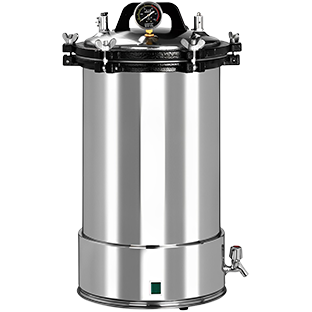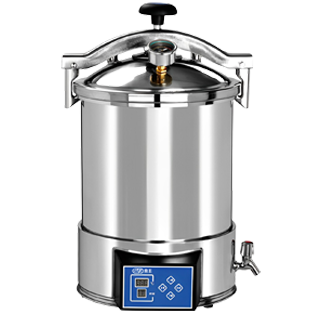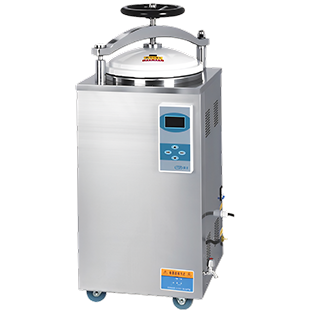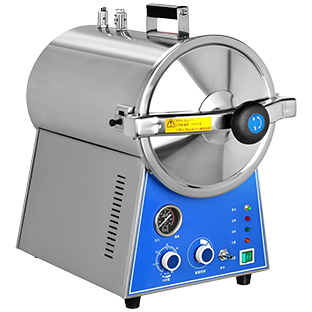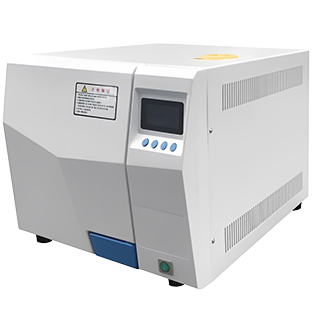The principle of the sterilization process of the pressure steam sterilizer.
The pressure steam sterilizer is an important equipment widely used in medical, pharmaceutical, food and other fields, and its sterilization process is based on a series of scientific principles.
Firstly, the pressure steam sterilization utilizes the characteristics of saturated steam. Under a certain pressure, water can be heated to more than 100 ℃ to form saturated steam. This steam has a higher heat content and penetration power.
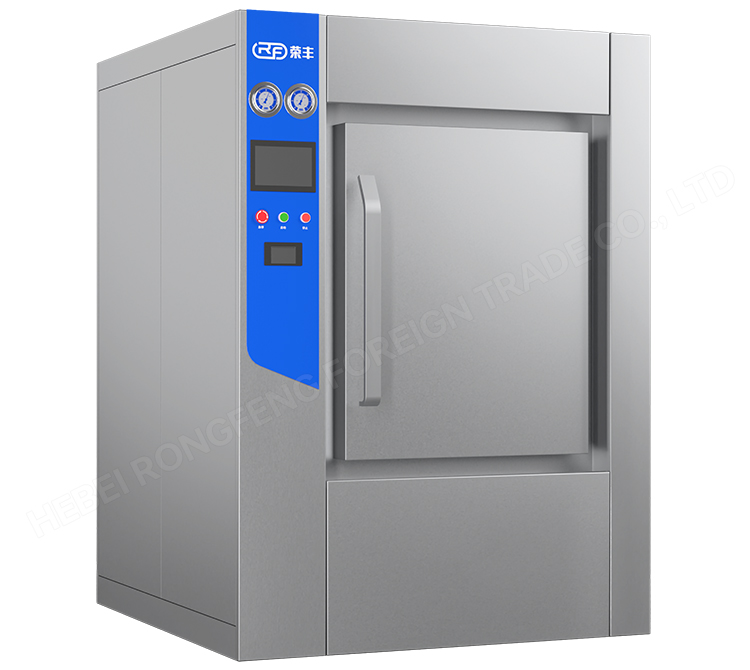
When the pressure steam enters the sterilization chamber, it can quickly transfer heat, causing the proteins and nucleic acids of microorganisms and other biological macromolecules to denature and coagulate. This is because high temperatures can destroy the advanced structure of proteins, causing them to lose their biological activity. For example, the activity of enzymes is lost, resulting in the inability of cell metabolism to proceed normally.
Secondly, pressure also plays a key role in the sterilization process. Increasing the pressure can raise the temperature of the steam, thereby enhancing the sterilization effect. At the same time, pressure helps the steam to better penetrate the sterilized items, including some thicker or tightly packaged items.
In addition, the pressure steam sterilizer also utilizes the synergistic effect of hot and humid. Compared to dry heat, hot and humid makes it easier for the protein of microorganisms to coagulate, because water as a medium can better transfer heat and destroy the structure of microorganisms.
In the actual sterilization process, several stages are usually required. The preheating stage raises the temperature and pressure inside the sterilizer to the set value; the sterilization stage maintains a certain temperature and pressure for a period of time to ensure sufficient sterilization; the exhaust stage discharges the steam to reduce the pressure and temperature; the drying stage removes the remaining moisture.
To ensure the effectiveness of sterilization, some factors also need to be noted. For example, the packaging material of the items should be able to withstand steam and pressure, and should not hinder the penetration of steam; the operating parameters of the sterilizer, such such as temperature, pressure, and time, must be accurately set and strictly controlled; the sterilizer must be regularly maintained and tested to ensure its stable performance.
In conclusion, the sterilization process of the pressure steam sterilizer is a complex but effective process, which realizes the effective killing of various microorganisms through the use of the high temperature of steam, pressure, and the synergistic effect of hot and humid, and provides an important guarantee for the hygiene and safety of related fields.

